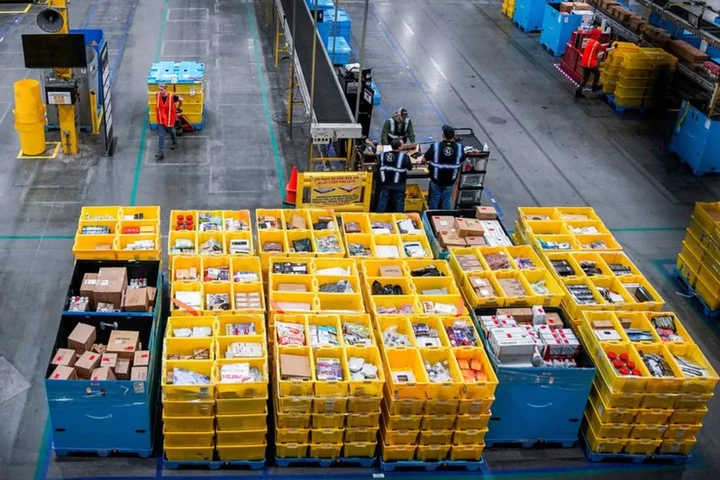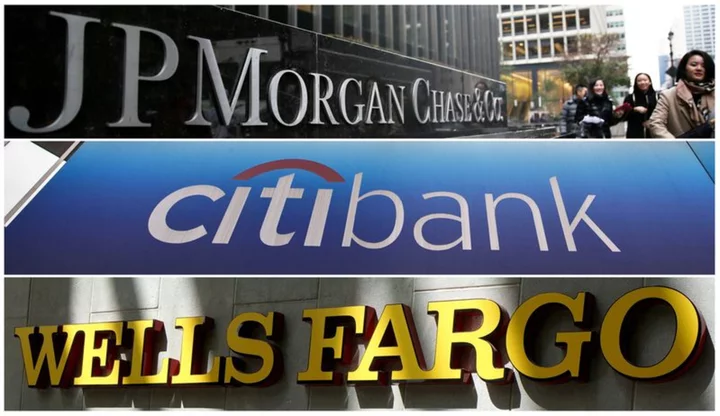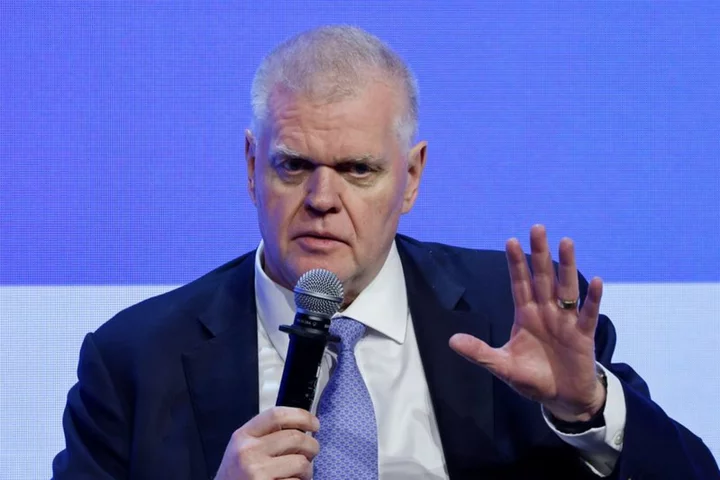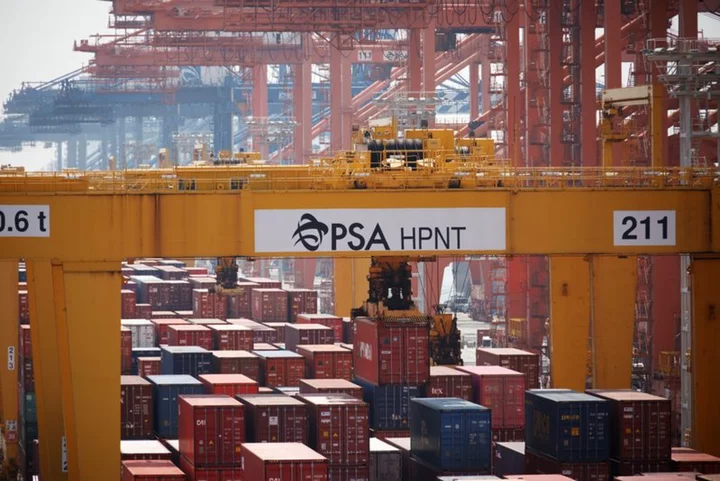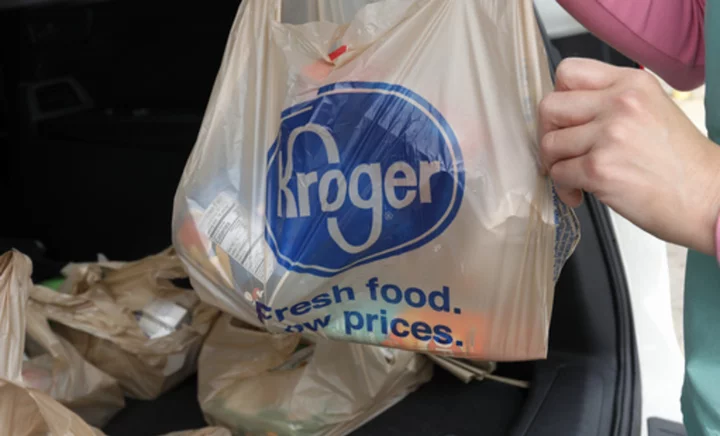As the year's biggest U.S. online shopping day got underway on Monday, discount-seekers used their phones and laptops to snap up electronics, clothing, toys, jewelry, appliances and even personal care products.
Heavy online traffic and transactions could add up to a record $12 billion outlay by U.S. shoppers on Cyber Monday, according to Adobe Analytics. That would represent 5.4% more than last year, it said.
Retailers were set to dangle average price cuts of 30% on electronics, and 19% on furniture. "We are seeing very strong discounts," said Vivek Pandya, lead analyst at Adobe Digital Insights, which tracks data through Adobe's Experience Cloud service for e-commerce platforms.
"You have consumers out there who are very price-sensitive and conscientious, and who want to make sure they get the very best possible deal."
Amazon began marketing its Cyber Monday Deals as early as Saturday, including up to 46% off some Instant Pot kitchen appliances, 37% off certain Vitamix blenders, and 35% on Amazon devices including a 55-inch Amazon Fire TV.
Walmart, eager to capture market share, slashed prices on Sunday night, joining the trend of retailers' early discounts on major shopping days.
More than half of purchases online on Monday are likely to be made on mobile devices, according to Adobe, which says it has a window into transaction data at 85% of the top 100 internet retailers. This holiday season, mobile-phone transactions may for the first time overtake purchases made from desktop computers, it said.
Last-minute shoppers on Monday could spend $4 billion between 6 p.m. and 11 p.m. ET alone, Pandya said, "because consumers are going to be concerned about discounts weakening after that."
Pandya said he would watch whether holiday season shoppers on Monday would continue "downshifting to cheaper goods" in categories, a pattern he noticed earlier this year.
"Because people are getting gifts for other people, they seem to stretch a little more, and splurge," he said, and retailers' steep discounts may make it possible for them to avoid "substituting cheaper items."
Many "retailers have really pulled back on their inventory levels, to preserve capital and increase margins," said Rob Garf, vice president and general manager for retail at Salesforce, which tracks data flowing through its Commerce Cloud e-commerce service.
"The risk consumers take at this point for waiting too long is that a product may not be available when they go to buy it," Garf said.
(Reporting by Vanessa O'Connell; Editing by David Gregorio)

